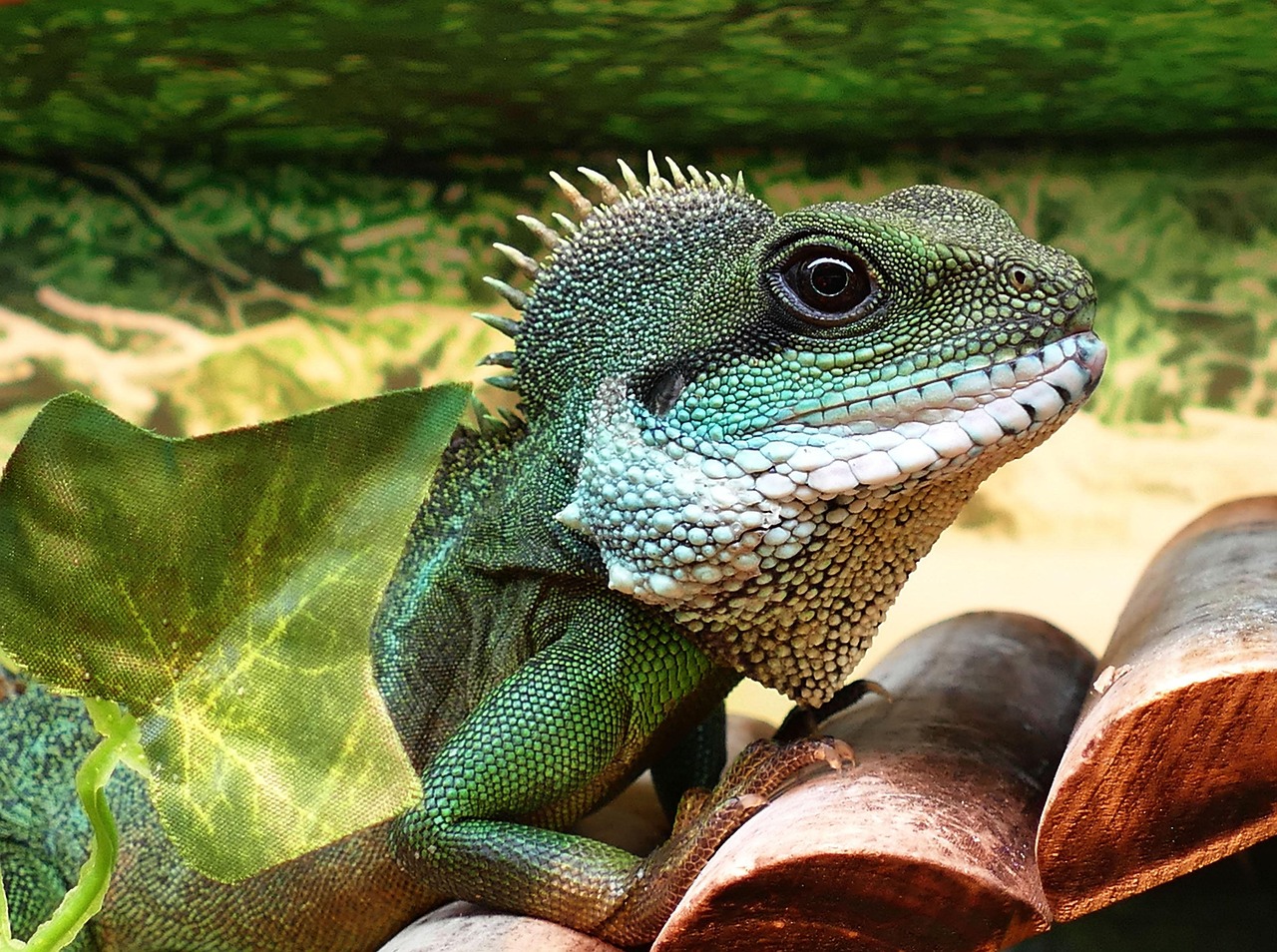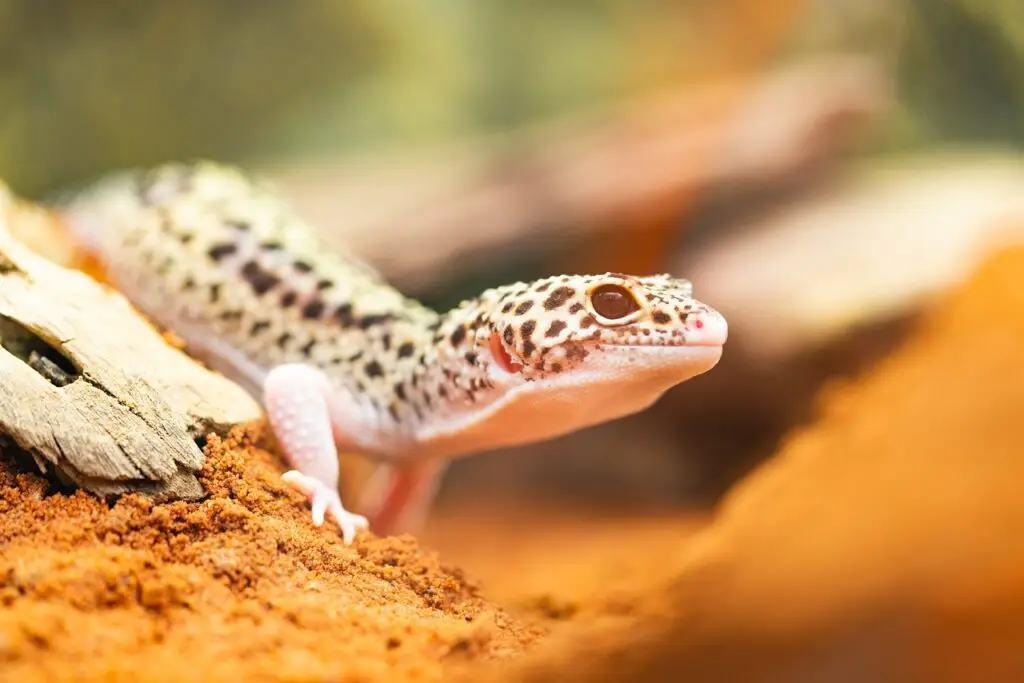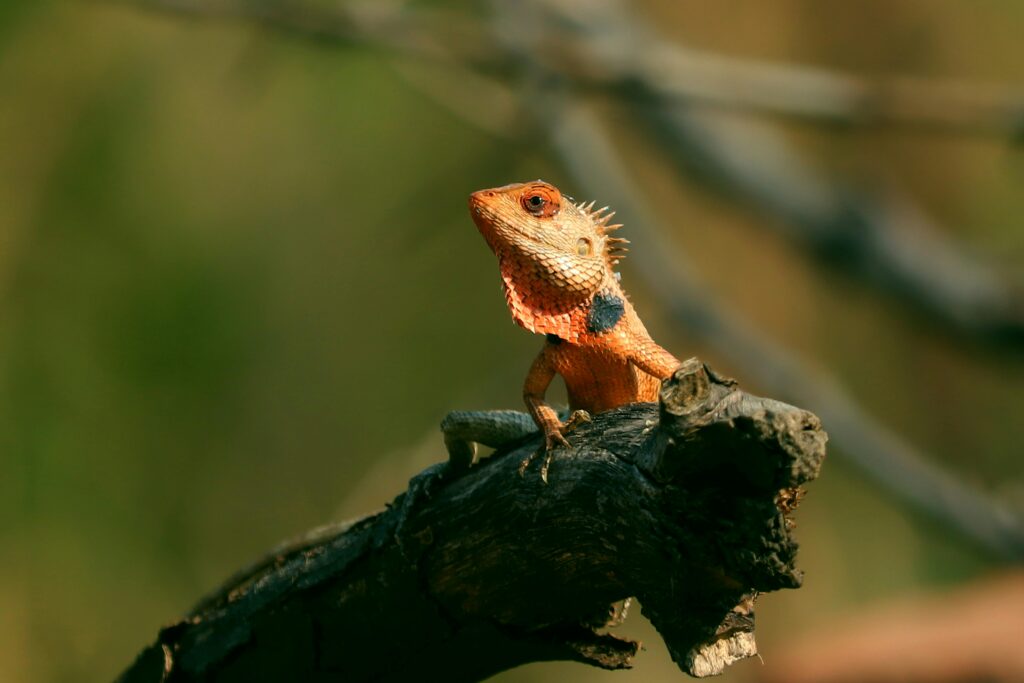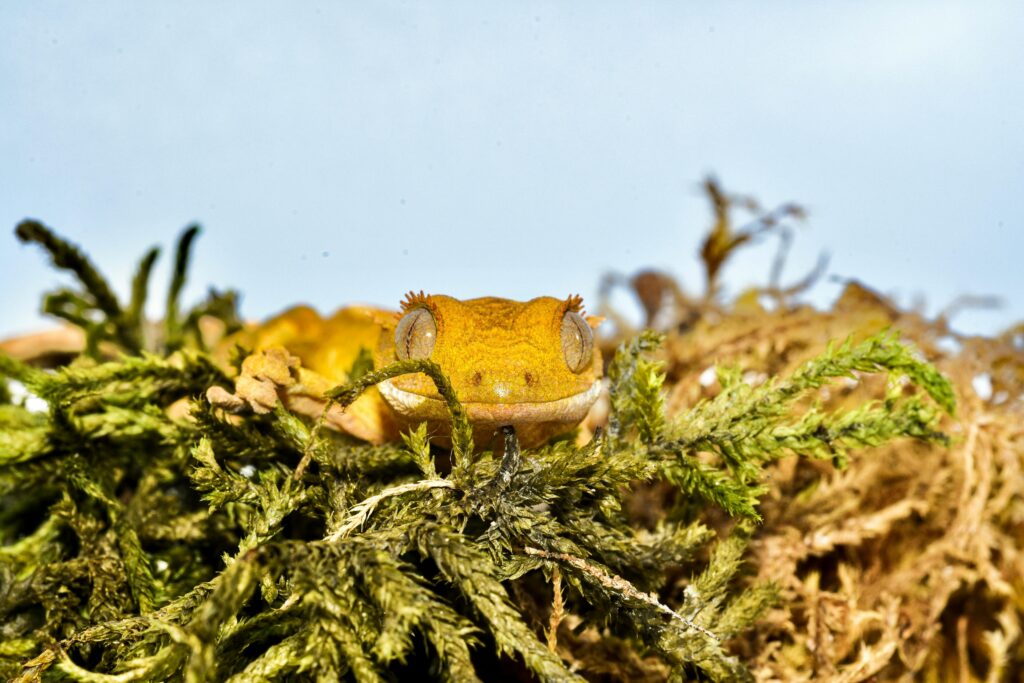Chinese Water Dragon Reptiles
Chinese water dragons (Physignathus cocincinus) are fascinating reptiles that have captured the hearts of reptile enthusiasts worldwide. Known for their striking appearance and gentle demeanor, these semi-aquatic lizards are native to the rainforests and riverbanks of Southeast Asia. Whether you’re a seasoned reptile keeper or a beginner, this guide will provide you with everything you need to know about caring for Chinese water dragons.
Introduction to Chinese Water Dragons
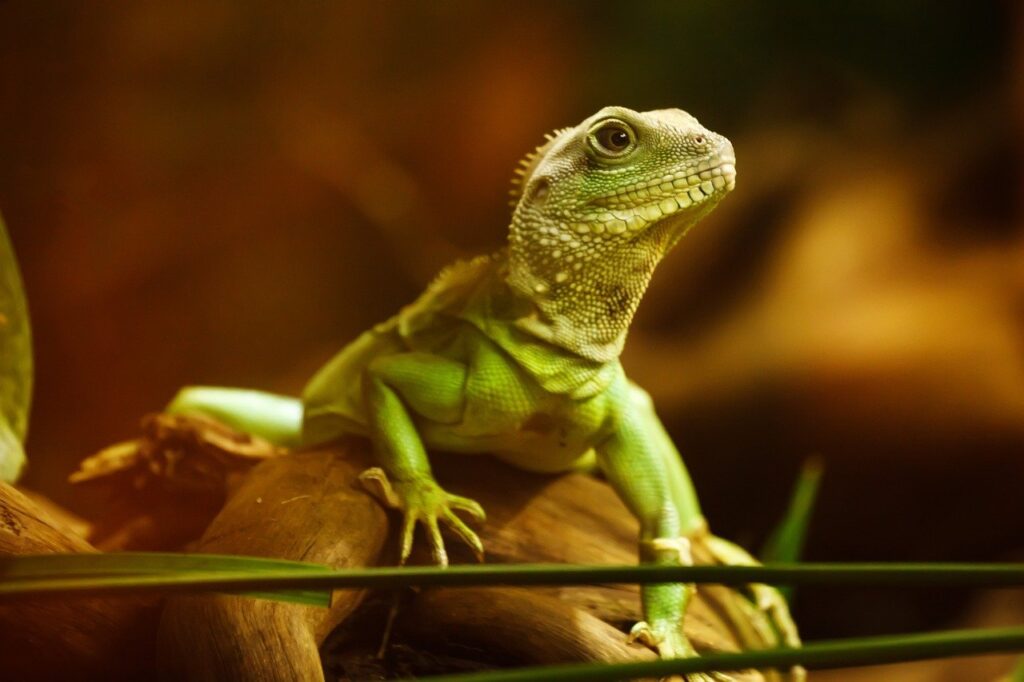
Chinese water dragons are popular pets due to their unique looks and relatively calm temperament. Originating from countries like China, Thailand, Vietnam, and Cambodia, these reptiles thrive in warm, humid environments. Their semi-aquatic nature and arboreal tendencies make them fascinating creatures to observe and care for.
Characteristics of Chinese Water Dragons
Appearance
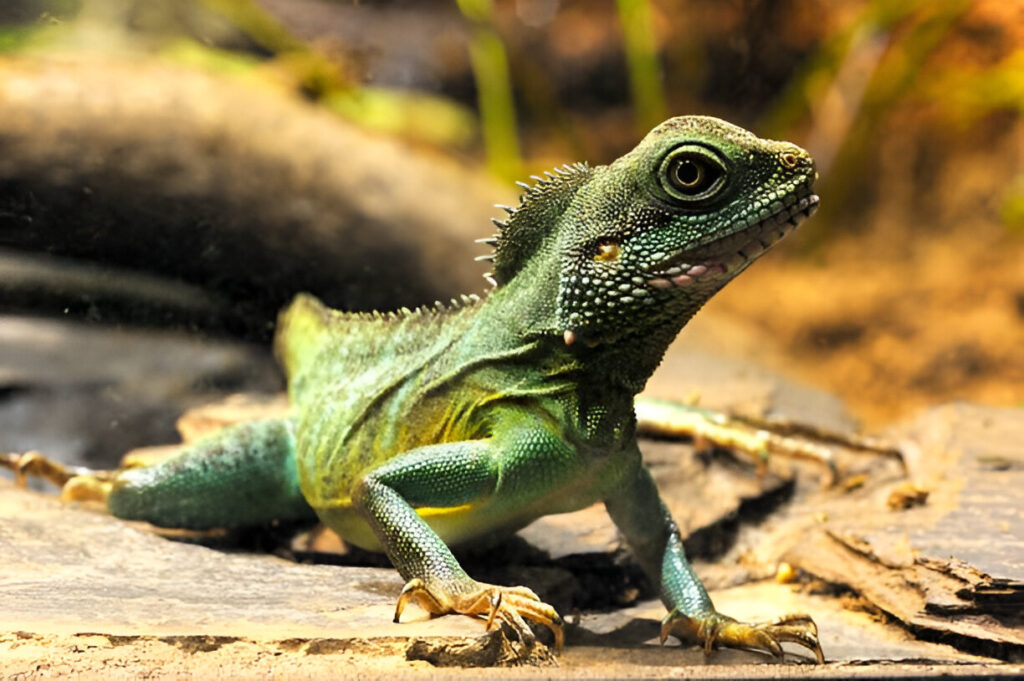
Chinese water dragons are easily recognizable by their long, slender bodies and triangular heads. They have a series of crests that run from their necks down to their mid-backs, giving them a distinctive look. Their coloration is primarily dark green, with lighter shades of green or yellow on their undersides. Their long, muscular tails make up about two-thirds of their total body length, and their laterally placed eyes provide a wide field of vision.
Size
Sexual dimorphism is evident in Chinese water dragons, with males being larger than females. Adult males can grow up to 3 feet in length, including their tails, while females are slightly smaller.
Lifespan
With proper care, Chinese water dragons can live for 15 years or more in captivity. Their longevity makes them a long-term commitment for pet owners.
Natural Habitat of Chinese Water Dragons
Chinese water dragons are native to the rainforests and riverbanks of Southeast Asia. They are semi-aquatic, spending a significant amount of time in water to swim, hunt, and regulate their body temperature. Their natural habitat features dense vegetation, which provides shelter and protection from predators. These reptiles thrive in warm, humid climates with temperatures ranging from 80-90°F (27-32°C).
Enclosure Requirements for Chinese Water Dragons
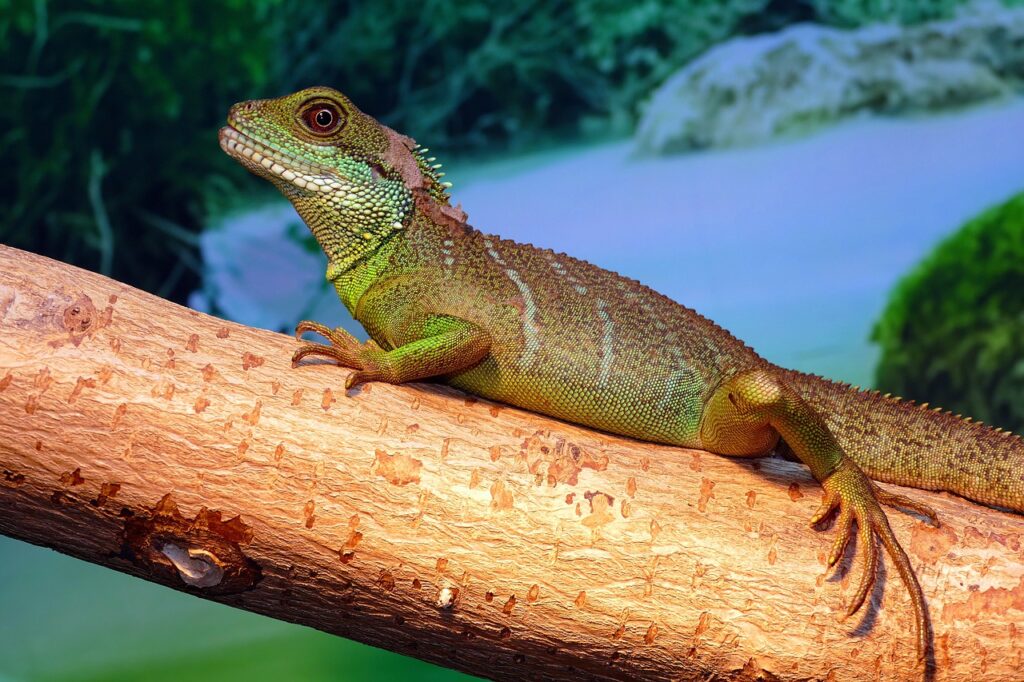
Enclosure Size
Chinese water dragons require spacious enclosures to accommodate their active nature. For adult dragons, a minimum enclosure size of 6 feet long, 3 feet wide, and 6 feet high is recommended. The enclosure should include both land and water areas to mimic their natural habitat.
Temperature and Humidity
Maintaining the right temperature and humidity levels is crucial for the health of Chinese water dragons. The basking area should be around 90°F (32°C), while the cooler side of the enclosure should be around 80°F (27°C). Humidity levels should be kept between 70-80% to prevent dehydration and support shedding.
Lighting
UVB lighting is essential for Chinese water dragons, as it helps them synthesize vitamin D3, which is necessary for calcium absorption. Provide 10-12 hours of UVB light daily to ensure their bones remain strong and healthy.
Water Features
A large water area is a must for Chinese water dragons. They love to swim and soak, so provide a deep water dish or a small pond within the enclosure. Ensure the water is clean and changed regularly to prevent bacterial growth.
Diet and Nutrition
Natural Diet
In the wild, Chinese water dragons are omnivores, feeding on insects, small mammals, and plant matter. Their diet is diverse, including crickets, grasshoppers, and occasional fruits and vegetables.
Captive Diet
In captivity, their diet should mimic their natural food sources. Offer a variety of insects such as crickets, mealworms, and roaches. Supplement their diet with leafy greens, fruits, and vegetables to ensure they receive all necessary nutrients. Calcium and vitamin supplements are also recommended to prevent metabolic bone disease.
Behavior and Temperament
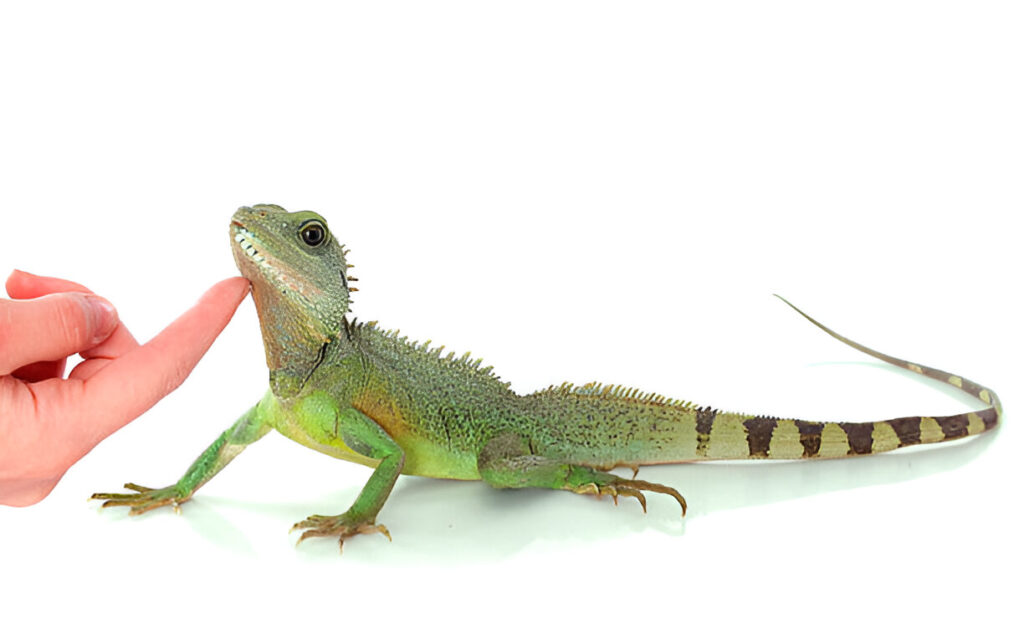
Social Behavior
Chinese water dragons are generally solitary creatures but can coexist with others if provided with enough space and resources. Males may display territorial behavior, so it’s best to house them separately.
Handling
While Chinese water dragons are relatively docile, they can become stressed if handled too frequently or roughly. Always handle them gently and allow them to acclimate to their new environment before attempting to interact with them.
Activity Level
These reptiles are diurnal, meaning they are active during the day. They enjoy climbing, basking, and swimming, so provide plenty of opportunities for these activities within their enclosure.
Health and Wellness
Chinese water dragons are generally hardy reptiles, but like all pets, they are susceptible to certain health issues. Proper care, a clean environment, and regular veterinary checkups are essential to ensuring your dragon stays healthy and happy. In this section, we’ll dive deeper into the common health issues that affect Chinese water dragons, how to prevent them, and what signs to look for if your dragon is unwell.
Common Health Problems in Chinese Water Dragons
Chinese water dragons are relatively easy to look after, but like all animals, they can become sick if their needs are not fulfilled. Here are some health problems owners should be aware of:
1. Respiratory Infections
- Causes: Respiratory infections are often caused by improper humidity levels, low temperatures, or poor ventilation in the enclosure.
- Symptoms:
- Wheezing or labored breathing.
- Mucus or bubbles around the nose and mouth.
- Lethargy and loss of appetite.
- Prevention: Proper humidity (70-80%) and temperature gradients should be maintained, at 80-90°F or 27-32°C. Ensure the enclosure is well-ventilated.
2. Skin Infections
- Skin infections: These usually occur due to poor living conditions, inappropriate shedding, or accidents/injuries. The main symptoms of a skin infection would be: redness, inflammation, or discoloration of the skin; sore and lesions; constant scratching or rubbing against things.
- Prevention: Keep the enclosure clean and provide a humid hide to aid in shedding. Regularly inspect your dragon’s skin for signs of irritation.
3. Metabolic Bone Disease (MBD)
- Causes: MBD is caused by a lack of calcium, vitamin D3, or improper UVB lighting which affects bone development.
- Symptoms:
- Soft or deformed bones.
- Difficulty in walking or moving.
- Swelling of limbs or jaw.
- Prevention: A diet plentiful in calcium along with UVB light for about 10-12 hours a day and vitamin D3 is required.
4. Parasites
- Causes: Chinese water dragon infestation with internal parasites, such as worms, and external parasites, like mites, can also be found. This generally develops from unhygienic conditions or contaminated food.
- Symptoms:
Weight loss despite good appetite.
Diarrhea or abnormal feces.
Visible mites on skin or in enclosure. - Prevention: Keep the enclosure clean, quarantine new reptiles before introducing them, and provide high-quality, parasite-free food.
5. Mouth Rot (Stomatitis)
Mouth Rot Causes-poor hygiene, an injury to it, and weakened immunity. Symptoms Among many, there might be the presence of swelling or discoloration around its gum, much excessive drooling from the mouth along with potential evidence of pus within this area of infection, an end.
- Prevention: Clean the enclosure, and occasionally check your dragon’s oral health.
Preventive Care for Chinese Water Dragons
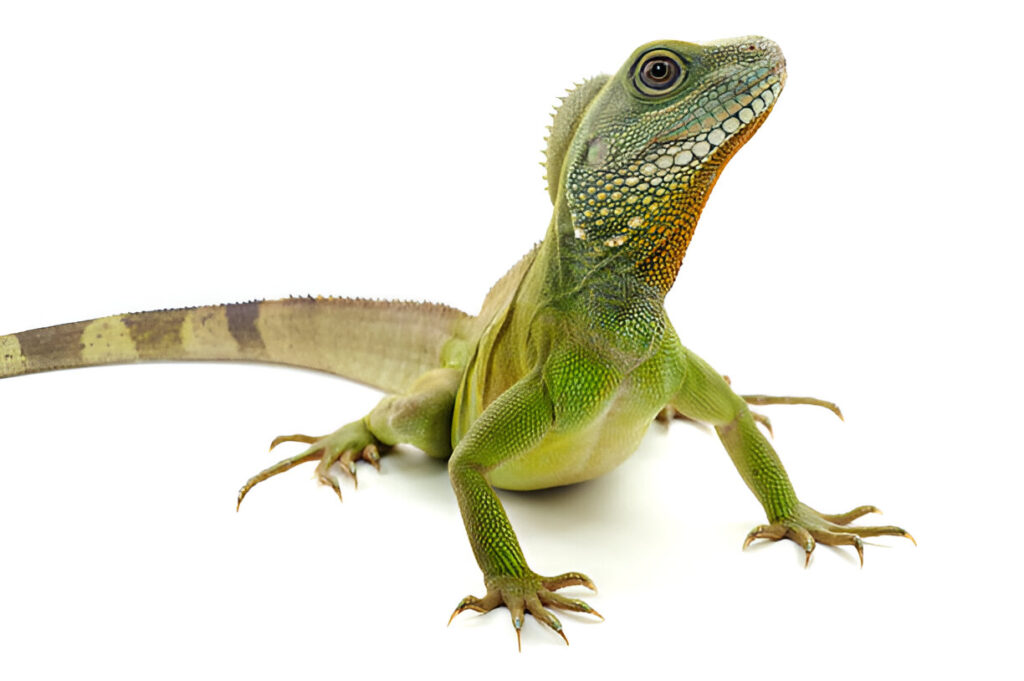
It is always easier to prevent health issues than it is to treat them. Here are some key ways to maintain the health of your Chinese water dragon:
1. Keeping the Enclosure Clean
Clean and disinfect the enclosure regularly to avoid the build-up of bacteria and fungi.
- Remove uneaten food, feces, and shed skin immediately.
- Change fresh water daily for drinking and soaking.
2. Feeding a Balanced Diet
- Offer a mix of insects-including but not limited to crickets, mealworms, and roaches-and plant matter, such as leafy greens and fruits.
- Dust food with calcium and vitamin D3 supplements to prevent metabolic bone disease.
Avoid feeding wild-caught insects because they may have parasites or pesticides.
3. Proper Lighting and Temperature
Use UVB lighting to help your dragon synthesize vitamin D3, which is crucial for the proper absorption of calcium.
Provide a basking spot at about 90°F (32°C) while keeping the cooler area around 80°F (27°C).
- Keep the humidity level at 70-80% to enable shedding and maintain respiratory health.
4. Veterinary Checkups
- Schedule annual check-ups with a reptile-knowledgeable veterinarian for your dragon to check on health status.
- At the first signs of illness, seek immediate veterinary care.
5. Behavior and Physical Appearance
Watch for changes in appetite, activity, or behavior, as these are the first signs of illness. Check your dragon’s skin, eyes, mouth, and feces regularly for any abnormalities.
Signs of Illness in Chinese Water Dragons
Early detection of health issues is crucial for effective treatment. Here are some common signs that your dragon may be unwell:
Lethargy: A healthy Chinese water dragon is active and alert; if your dragon is unusually lethargic or unresponsive, it could indicate a sign of illness.
Weight Loss: Sudden weight loss that cannot be accounted for can result from parasites, metabolic bone disease, or even other health disorders.
Changes in Appetite: Loss of appetite or refusal to eat is one common symptom considered a red flag.
- Abnormal Feces: Diarrhea, bloody stool, or undigested food in feces may indicate digestive or parasitic problems.
- Swelling or Discoloration: Swollen limbs, jaw, or discolored skin is usually an indication of metabolic bone disease, infection, or injury.
- Respiratory Problems: Wheezing, mucus around the nose, or labored breathing are indicative of respiratory infections.
What to Do If Your Dragon Is Sick
If you note any signs of illness in your Chinese water dragon, do the following:
- Isolate Your Dragon: If you have a collection of reptiles, then isolate the ailing dragon to prevent the spread of disease.
- Adjust the Environment: The temperature, humidity, and lighting of the enclosure should be optimal.
- Veterinarian Consultation: The pet should be taken to a reptile specialist for professional help. Without guidance from a veterinarian, an owner should not try to treat their dragon with over-the-counter medications.
Enrichment for Chinese Water Dragons
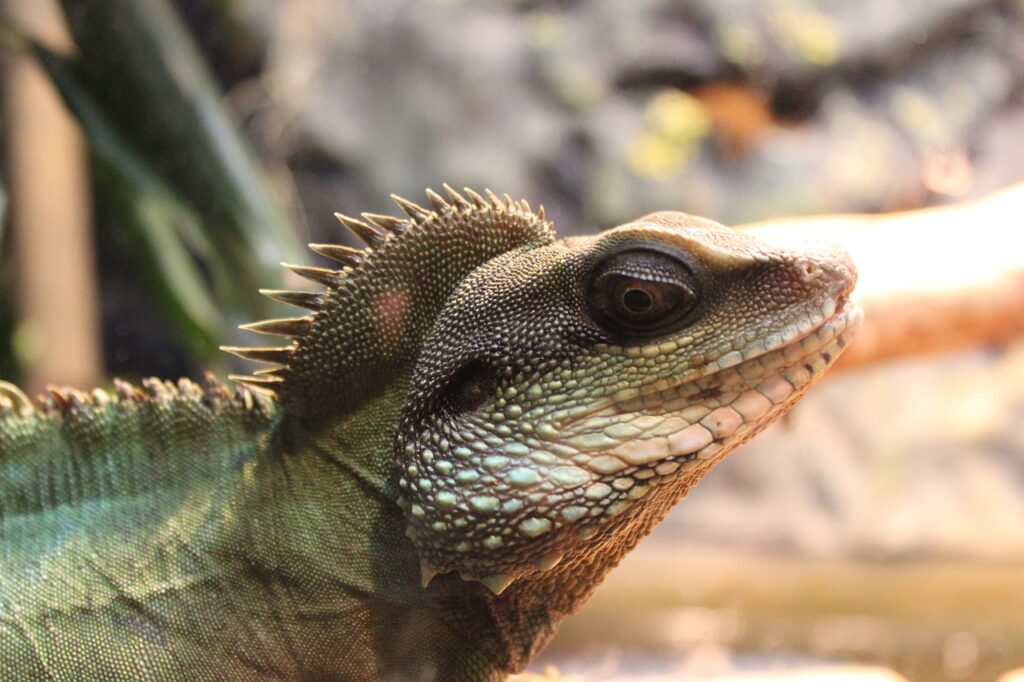
Image by Lcg
Environmental Enrichment
Provide climbing structures, hiding spots, and basking areas to keep your dragon mentally stimulated. A well-decorated enclosure mimics their natural habitat and encourages natural behaviors.
Dietary Enrichment
Offer a variety of foods to keep your dragon engaged and healthy. Rotate between different insects, fruits, and vegetables to provide a balanced diet.
Social Enrichment
While Chinese water dragons are solitary, they can benefit from gentle interaction with their owners. Spend time near their enclosure to help them become accustomed to your presence.
Conservation and Ethical Care
Habitat Protection
Chinese water dragons face threats from habitat destruction and the pet trade. Supporting conservation efforts and responsible pet ownership can help protect these reptiles in the wild.
Sustainable Practices
Choose captive-bred dragons over wild-caught ones to reduce the impact on their natural populations. Educate others about the importance of conservation and ethical care.
Common Myths About Chinese Water Dragons
Myth 1: Chinese water dragons are low-maintenance pets.
Reality: They require specific care, including proper lighting, temperature, and humidity, to thrive.
Myth 2: UVB lighting is unnecessary.
Reality: UVB lighting is essential for their health, as it aids in calcium absorption.
Myth 3: Small enclosures are sufficient.
Reality: Chinese water dragons need spacious enclosures to accommodate their active nature.
Conclusion
Chinese water dragons are captivating reptiles that make wonderful pets for those willing to meet their care requirements. By understanding their unique needs and providing a suitable environment, you can ensure your dragon lives a long, healthy, and happy life. Whether you’re drawn to their striking appearance or their fascinating behavior, Chinese water dragons are sure to bring joy and wonder to your home.
Frequently Asked Questions (FAQ)
Q1: Where do Chinese water dragons originate from?
A: They are native to Southeast Asia, including China, Thailand, Vietnam, and Cambodia.
Q2: What are the key care requirements for Chinese water dragons?
A: They need a spacious enclosure, proper lighting, temperature, humidity, and a balanced diet.
Q3: What are common health issues in Chinese water dragons?
A: Respiratory infections, skin infections, and metabolic bone disease are common.
Q4: How can I provide enrichment for my Chinese water dragon?
A: Offer climbing structures, varied diets, and gentle interaction.
Q5: Why is conservation important for Chinese water dragons?
A: Habitat destruction and the pet trade threaten their populations, making conservation efforts crucial.
Yuns Legdm is a passionate advocate for pet care and the founder of this website, dedicated to providing valuable information for fellow pet lovers and veterinary professionals worldwide. With a deep love for animals, Yuns created this platform to connect passionate pet owners with expert insights from veterinarians around the globe.
This website grows with you—the passionate pet owners and veterinary experts—creating a trusted space where knowledge, experience, and love for animals come together. Whether you’re seeking advice on pet health, nutrition, or general well-being, this platform is here to support you on your journey of responsible and loving pet care.

